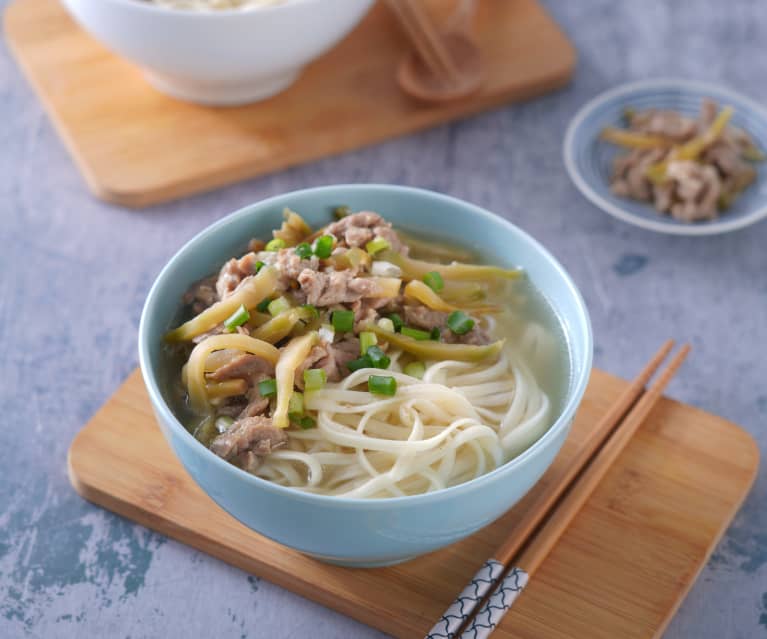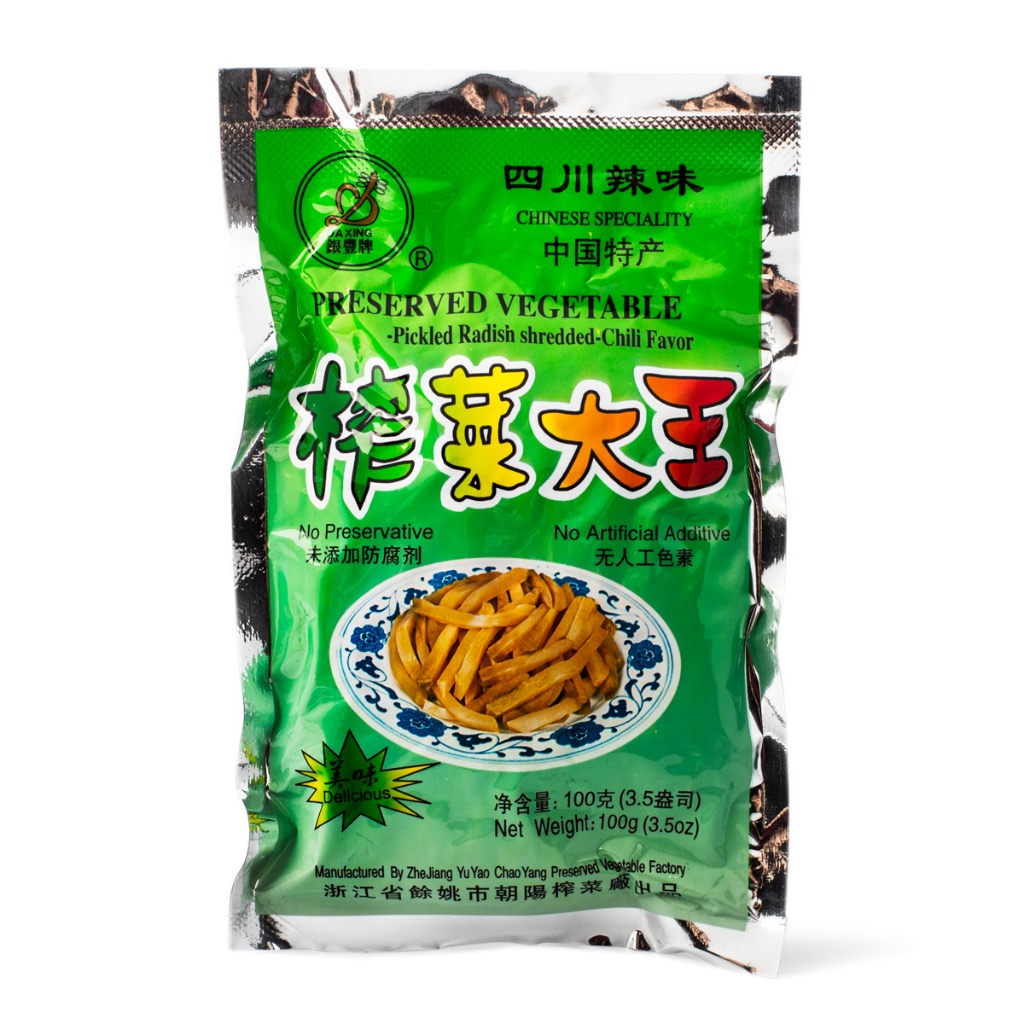This weekend I was at a larger Safeway store with a sizable Asian foods section. They had the Dynasty brand hot mustard for $1.99. I would note that 4 oz is really small though, especially since much of it is water. If anyone really wants it, preparing from powder is the best way, but it doesn't store long without a lot of other stuff in there.
I also got invited out for dim sum and we got one little dish of hot mustard. My first taste I got that serious burn in the nostrils.
I also got invited out for dim sum and we got one little dish of hot mustard. My first taste I got that serious burn in the nostrils.



